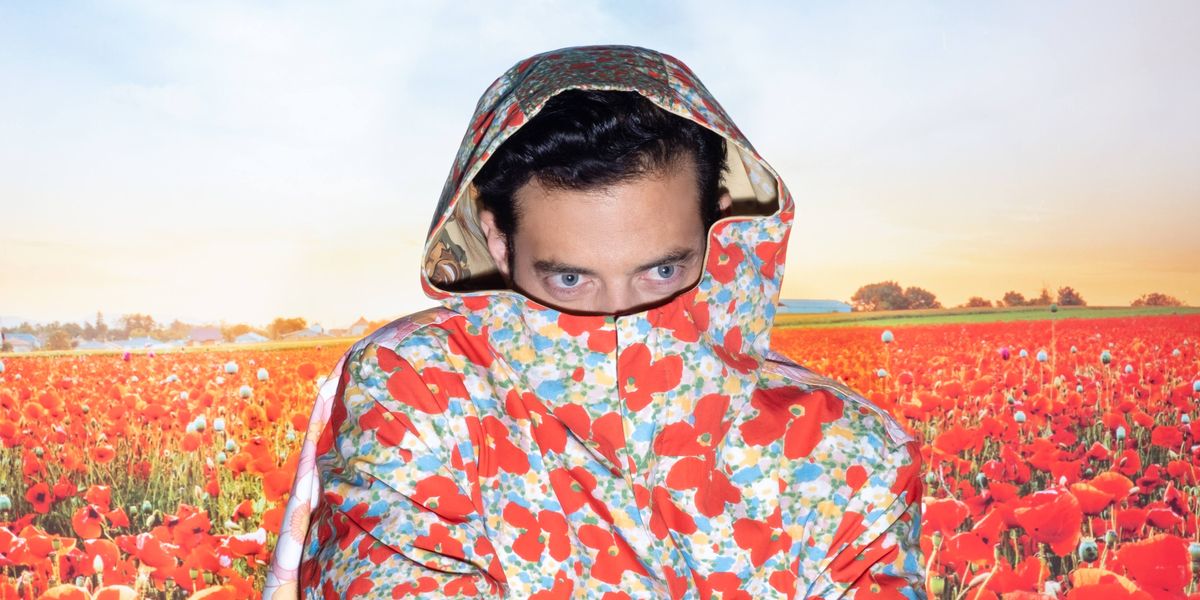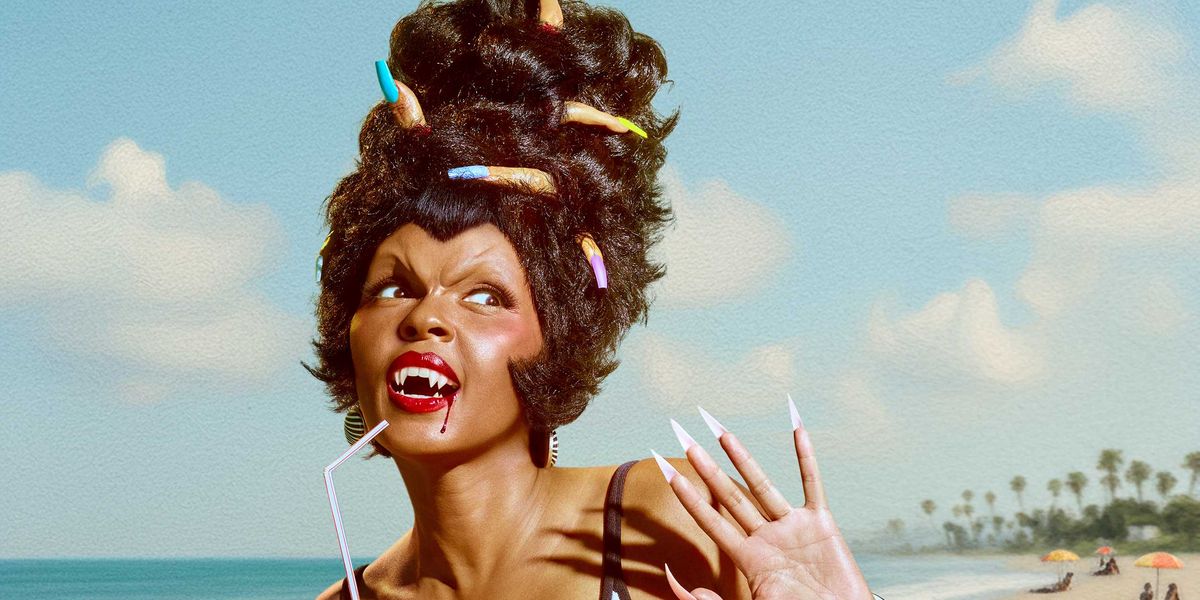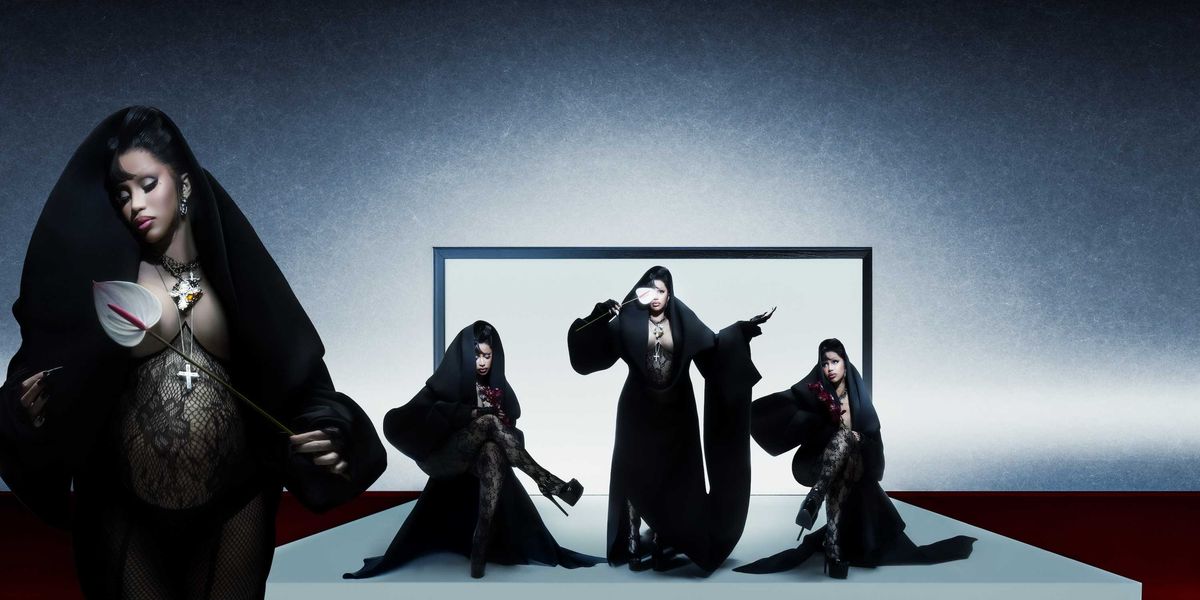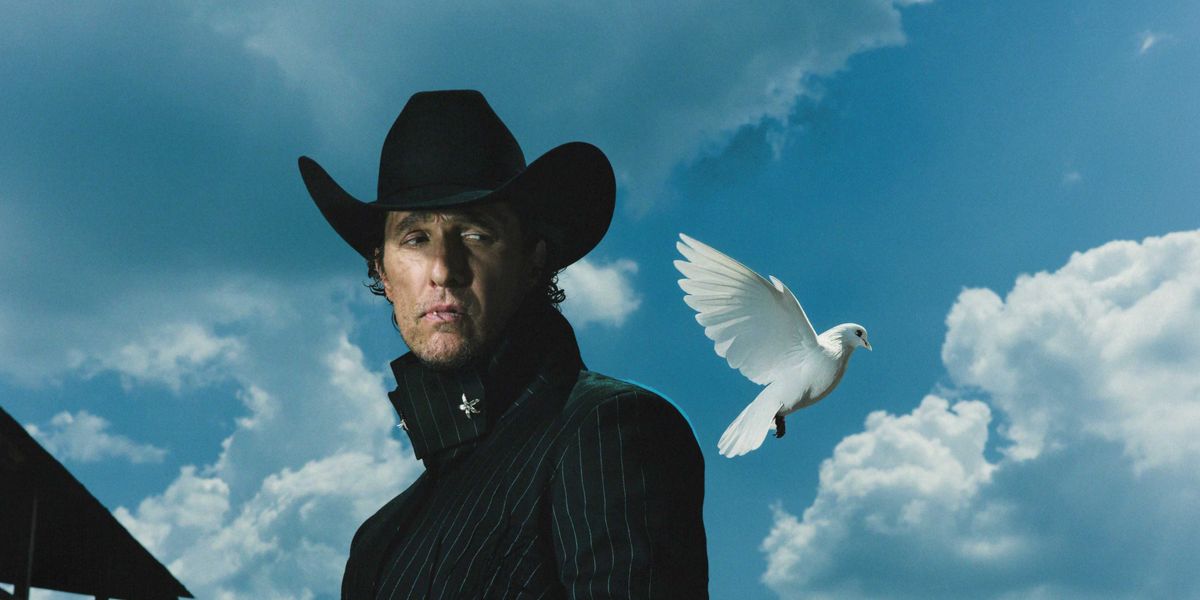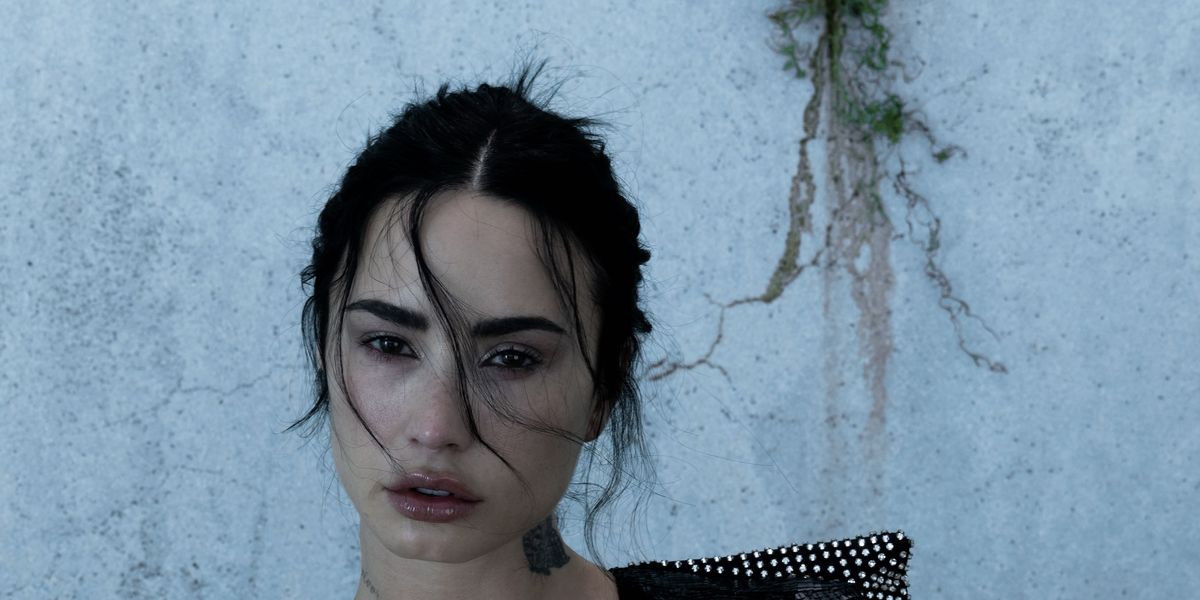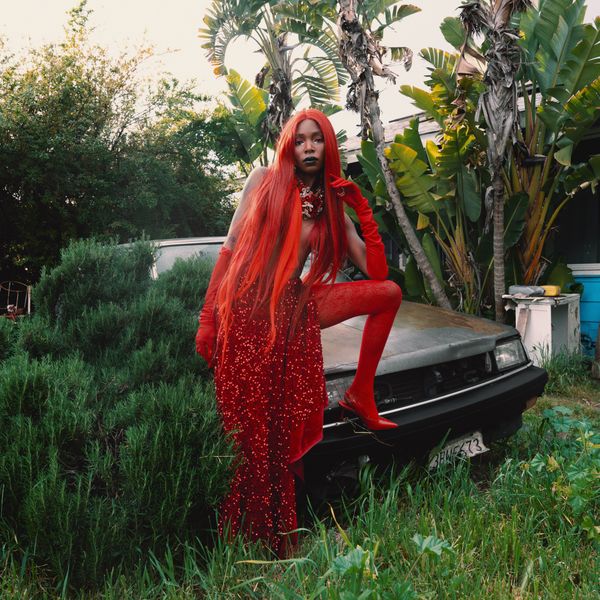
Obi Nzeribe Claims His Shots With a Modern Digital Signature
Apr 24, 2025
In a world where content travels faster than a meme in a group chat and credit gets lost somewhere between “save” and “share,” Obi Nzeribe isn’t here for the chaos. The LA-based Nigerian photographer — known for his lush, narrative-driven editorials and deep-rooted cultural storytelling — is embracing a new way for artists to protect their work online. And this time, he’s signing his work in secure pixels.
Obi’s journey to becoming a full-time photographer wasn’t exactly linear. Raised on manga, Disney sketches, and DIY fashion shoots starring his little sister (captured via BlackBerry, no less), he went from chemical engineering student to creative visionary after the pandemic rerouted his life. “My work is really a reflection of my own story,” he says. “It’s about identity, heritage, fashion, and showing up with intention.”
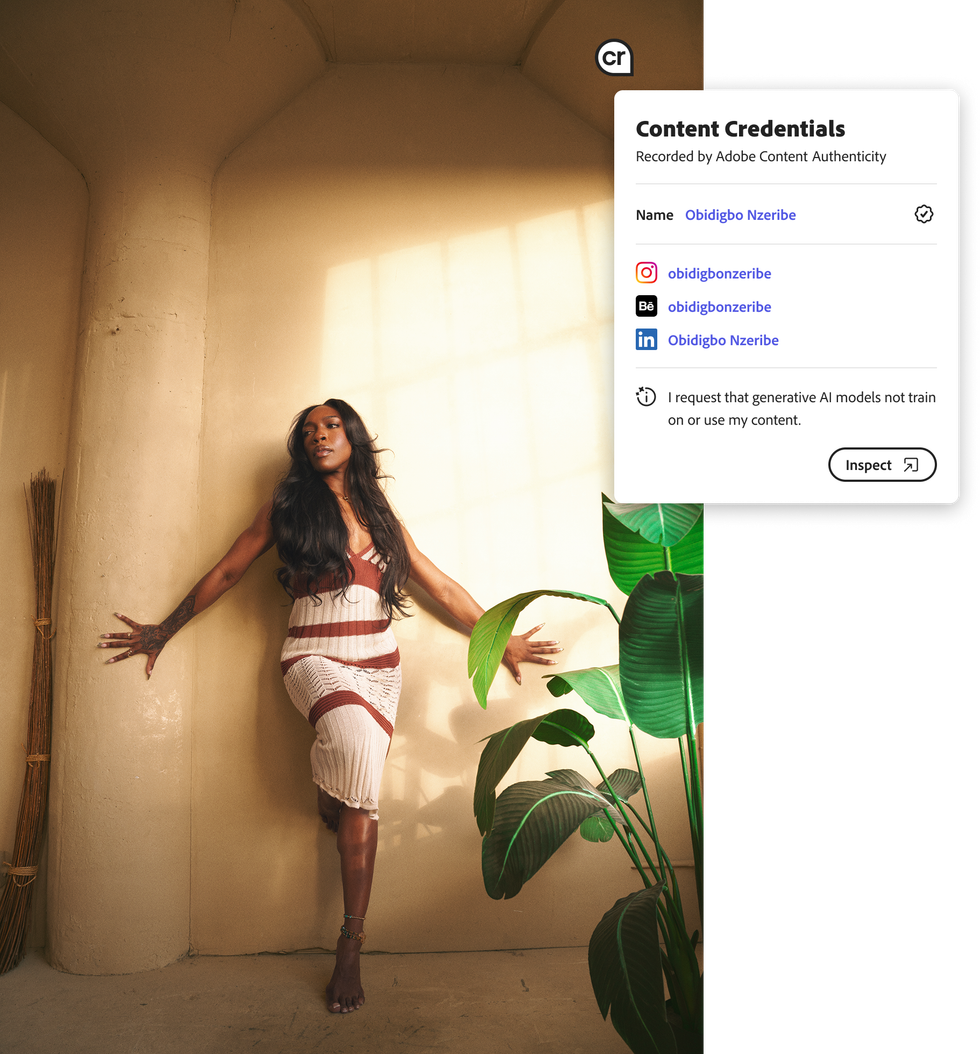
But with intention comes the reality of watching your carefully crafted images go viral — without your name attached. “One of the biggest challenges I face as a photographer, especially in the digital age, is getting proper credit and attribution for my digital work,” Obi explains. “A lot of my shoots are celebrity editorials, which means they get reposted online constantly. More often than not, those reposts come with no tag, no mention—just my image floating around and racking up thousands of likes while the people who see it have no idea who created it. By the time I do get credit, the post has already passed its peak in the algorithm, and the visibility I should’ve had is gone.”
Obi’s frustrations are echoed by countless artists and creatives. “In today’s digital space, maintaining ownership of our work is crucial, and it's a constant battle. The internet moves fast, and crediting creatives often feels like an afterthought. Our work gets stripped of its context, shared without permission, and in some cases, even repurposed for commercial use without compensation,” he says. “It's exhausting having to chase down credit for something that wouldn’t even exist without our personal vision and effort.”
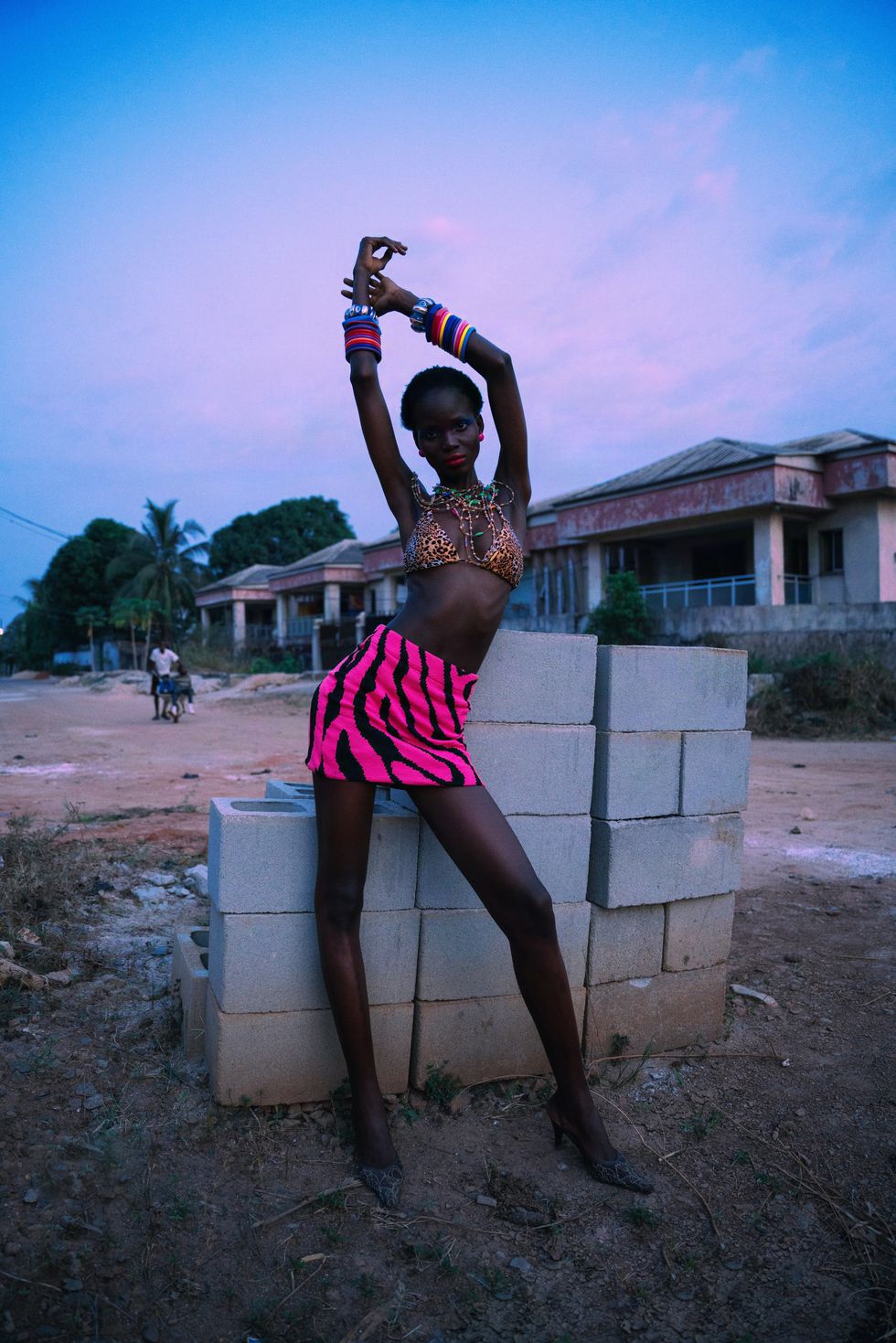
Enter Adobe’s Content Authenticity app — a new tool that allows creators of all types to digitally sign their work and ensure it stays theirs. It’s free, it’s smart, and Obi uses it to keep his name exactly where it belongs: on his work. “It’s like the modern-day artist’s autograph,” he says. With Adobe Content Authenticity, Obi can easily attach Content Credentials, allowing him to embed his verified name, social handles, and even AI usage preferences into his content—creating a secure chain trail that leads straight back to the creator, no matter how far the image travels. This is possible because Content Credentials are an open technical standard, crafted for seamless interoperability across the internet and various platforms. With more online platforms adopting and showcasing these credentials every day, their impact grows stronger.
“I definitely feel more confident putting my work out there now,” Obi says. “It means a lot knowing that my work will always lead back to me, whether that’s through my website, social media, or the greater world wide web. These tools also help build trust with my audience by promoting transparency, showing exactly where the work came from and how it’s been used. It’s a simple yet powerful way to protect artists and reinforce trust online.”
And it’s not just about protecting his own work. Obi uses the Inspect tool in the app and Content Authenticity Chrome browser extension too, especially when researching or sourcing images. “It lets me understand where content originated. It’s not just about protecting myself—it’s about engaging with other artists’ work ethically. That matters.”
Obi believes that every artist today should make the Adobe Content Authenticity app part of their creative workflow, ensuring they attach Content Credentials to get the credit they deserve, while also helping shape a more equitable internet. “If we want an internet that truly fosters authenticity and creativity, we need systems in place that protect creators and support attribution,” he says. “Content Credentials are still in the early stages of being widely adopted, but the groundwork is there — and it’s built on an open standard. That kind of accessibility is exactly what makes it so powerful.”
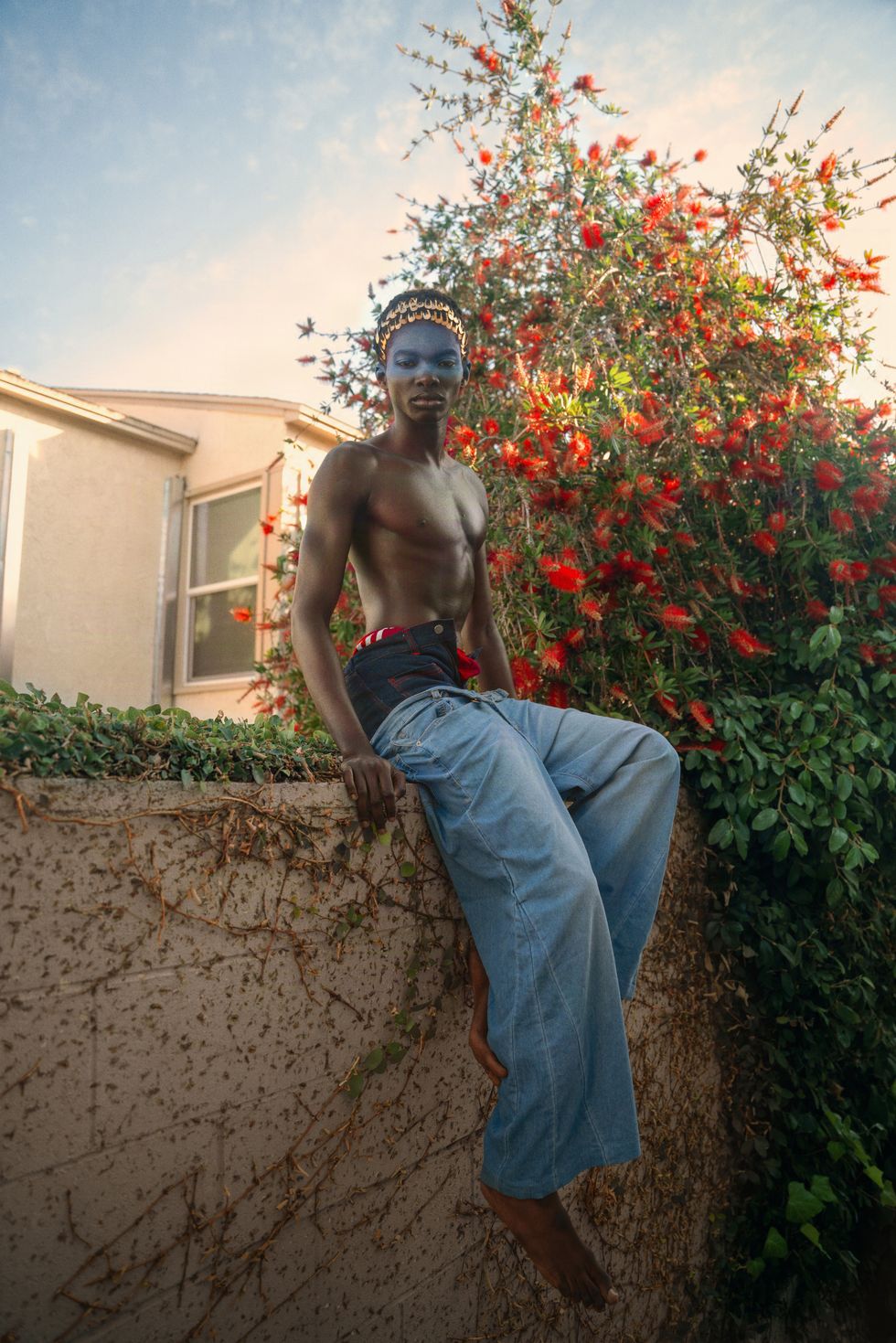
“When platforms, brands, and audiences can verify who created an image, it encourages a culture where artists are acknowledged, credited, and compensated more fairly,” he continues. “It completely shifts how creatives are viewed and respected.”
The result? Less time playing credit cop, more time creating. “It’s about ownership. About knowing that no matter where your image ends up — Tumblr, TikTok, someone’s Pinterest board—your name is still there.”
Obi envisions a future where Content Credentials are just part of the digital fabric. “In an ideal digital world, they’d be everywhere — a standard feature across platforms and as common as tagging or reposting,” he says. “Every piece of content we see online would come with an extra layer of verification, ensuring we know exactly where it came from and who created it. And this wouldn’t just protect artists — it would transform the internet into a space where authenticity, trust, and creative ownership are the norm.”
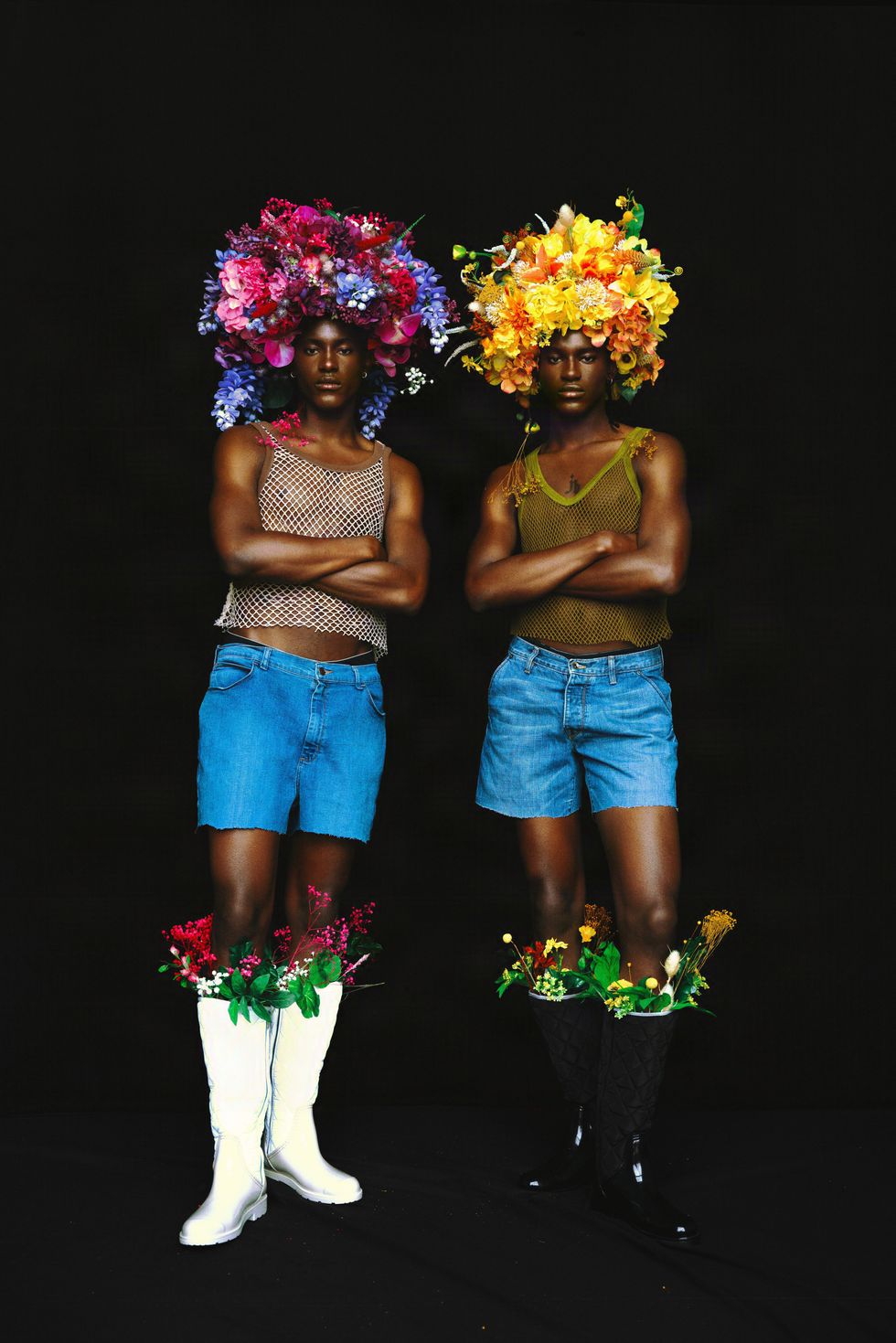
“Imagine a world where this process is incorporated into every creator's workflow and artists don’t have to fight for credit, and audiences can engage with content knowing it’s authentic and properly attributed. Adobe is working to build up that world now.”
His advice to other photographers trying to protect their work in today’s oversaturated scrollscape? Start now. “Adobe Content Authenticity is a free, easy-to-use web app that’s a game-changer,” he says. “Once you create a profile, you can use Content Credentials to attach attribution to your work — your verified name, your socials, and even your preferences around AI. If you’re serious about future-proofing your work, this is one of the best places to start.”
If you're an artist who's tired of watching your work blow up without your name attached, consider this your sign (literally and figuratively). “Adobe Content Authenticity has made it easier for me to share my work confidently — and keep it mine, with Content Credentials attached,” Obi says. “Every creative should be using it.”
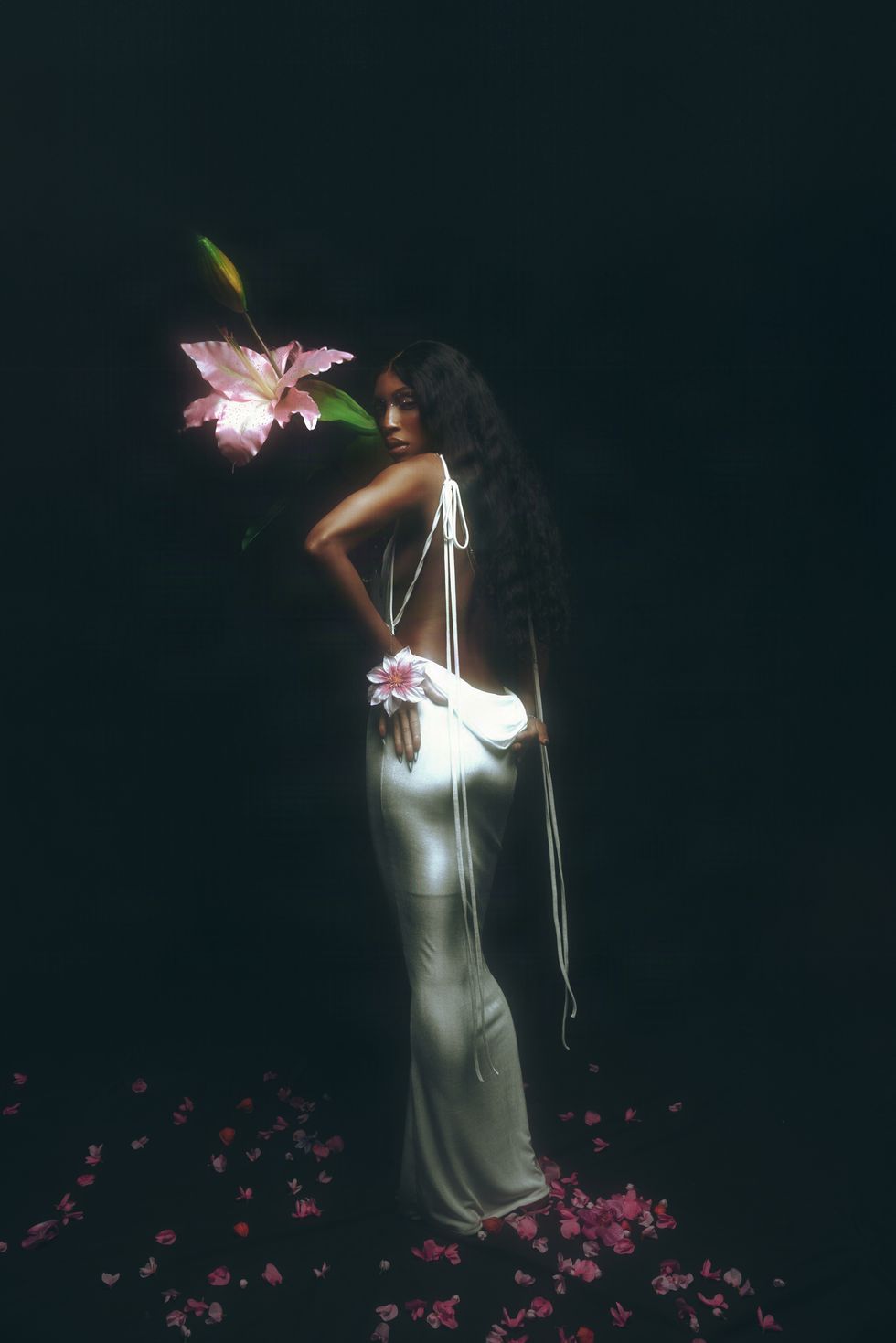
This story is a sponsored collaboration between Adobe and PAPER.
Related Articles Around the Web
MORE ON PAPER
Entertainment
Rami Malek Is Certifiably Unserious
Story by Joan Summers / Photography by Adam Powell
Story by Joan Summers / Photography by Adam Powell
14 November
Music
Janelle Monáe, HalloQueen
Story by Ivan Guzman / Photography by Pol Kurucz/ Styling by Alexandra Mandelkorn/ Hair by Nikki Nelms/ Makeup by Sasha Glasser/ Nails by Juan Alvear/ Set design by Krystall Schott
Story by Ivan Guzman / Photography by Pol Kurucz/ Styling by Alexandra Mandelkorn/ Hair by Nikki Nelms/ Makeup by Sasha Glasser/ Nails by Juan Alvear/ Set design by Krystall Schott
27 October
Music
You Don’t Move Cardi B
Story by Erica Campbell / Photography by Jora Frantzis / Styling by Kollin Carter/ Hair by Tokyo Stylez/ Makeup by Erika LaPearl/ Nails by Coca Nguyen/ Set design by Allegra Peyton
Story by Erica Campbell / Photography by Jora Frantzis / Styling by Kollin Carter/ Hair by Tokyo Stylez/ Makeup by Erika LaPearl/ Nails by Coca Nguyen/ Set design by Allegra Peyton
14 October
Entertainment
Matthew McConaughey Found His Rhythm
Story by Joan Summers / Photography by Greg Swales / Styling by Angelina Cantu / Grooming by Kara Yoshimoto Bua
Story by Joan Summers / Photography by Greg Swales / Styling by Angelina Cantu / Grooming by Kara Yoshimoto Bua
30 September
Music
Demi Lovato Is No Joke
Story by Ivan Guzman / Photography by Jason Renaud / Styling by Chris Horan/ Makeup by Loftjet / Set design by Allegra Peyton
Story by Ivan Guzman / Photography by Jason Renaud / Styling by Chris Horan/ Makeup by Loftjet / Set design by Allegra Peyton
15 September
